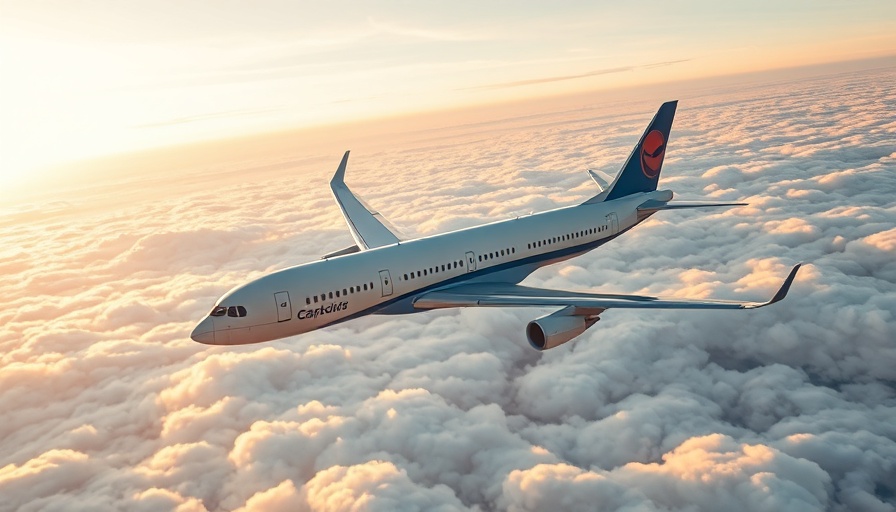
The Speed of Flight: Why Commercial Planes Fly the Way They Do
Have you ever found yourself wondering how fast commercial planes fly? It’s a question that many travelers ponder as they buckle up and prepare for take-off. Commercial airplanes, designed for carrying passengers and freight, typically cruise at speeds between 550 and 600 mph. However, certain factors influence these speeds significantly, which we will explore!
Factors Influencing Airplane Speed
When it comes to the speed of an aircraft, a few key elements play a role:
- Altitude: As planes ascend into higher altitudes, the air pressure decreases. This allows planes to fly faster due to reduced drag—essentially, there’s less air to push against.
- Wind Direction and Speed: Headwinds can slow a plane down, while tailwinds boost its speed. Appropriately using wind patterns is crucial for optimizing flight time.
- Engine Thrust: Every commercial jet has different capabilities based on its design and the efficiency of its engines. A more powerful engine can push the aircraft to higher speeds.
Measuring Speed for Safety and Efficiency
The speed of an airplane can be measured in various ways, primarily in knots. Four main types of airspeed are most commonly referenced:
- Indicated Airspeed (IAS): This is the speed shown on the pilot’s instruments, using the aircraft's pitot tube measurement.
- True Airspeed (TAS): This measures the real speed of the aircraft relative to the air around it, particularly useful as planes hit higher altitudes where air becomes less dense.
- Groundspeed (GS): This is how fast the airplane is moving over the ground, which can fluctuate based on the wind direction.
Understanding Speed During Different Flight Phases
Commercial flights have different speeds during various phases:
- Takeoff: The speed required for takeoff varies; typically, commercial airlines need to achieve about 160-180 mph to lift off successfully.
- Cruising: Once they reach cruising altitude, planes fly at approximately 550-600 mph for optimal fuel efficiency and comfort.
- Landing: During landing, planes slow down significantly, hovering at speeds of approximately 130 to 160 mph. Adjustments during this phase are crucial for a smooth arrival.
Why Aren't Planes Flying Faster?
As technology advances, one might wonder why commercial flight speeds haven’t drastically increased. The answer lies in several practical challenges:
- Safety Concerns: At higher speeds, turbulence can become more severe, making flights less comfortable.
- Cost Implication: Faster flights mean higher fuel consumption, which leads to increased ticket prices.
- Environmental Factors: Quieter, greener technologies are being prioritized, which often means slower speed innovations.
Looking Ahead: The Future of Commercial Flight Speed
Exciting innovations in the aviation industry hint at a possible return to supersonic travel, with companies like Boom Supersonic working on planes designed to fly at speeds greater than Mach 2. This techno-optimism could once again change how fast we can travel, making long-haul flights significantly shorter in the coming years.
Conclusion: Embracing the Journey
Next time you board a commercial flight, consider the intricate dance between speed, technology, and safety. Understanding how speed operates during your journey can enhance your travel experience. If you've ever dreamed of taking control of the cockpit, maybe it's time to learn to fly! Not only would it grant you deeper insight into the intricacies of aviation, but it could also lead to an exciting new hobby!
 Add Row
Add Row  Add
Add 




Write A Comment